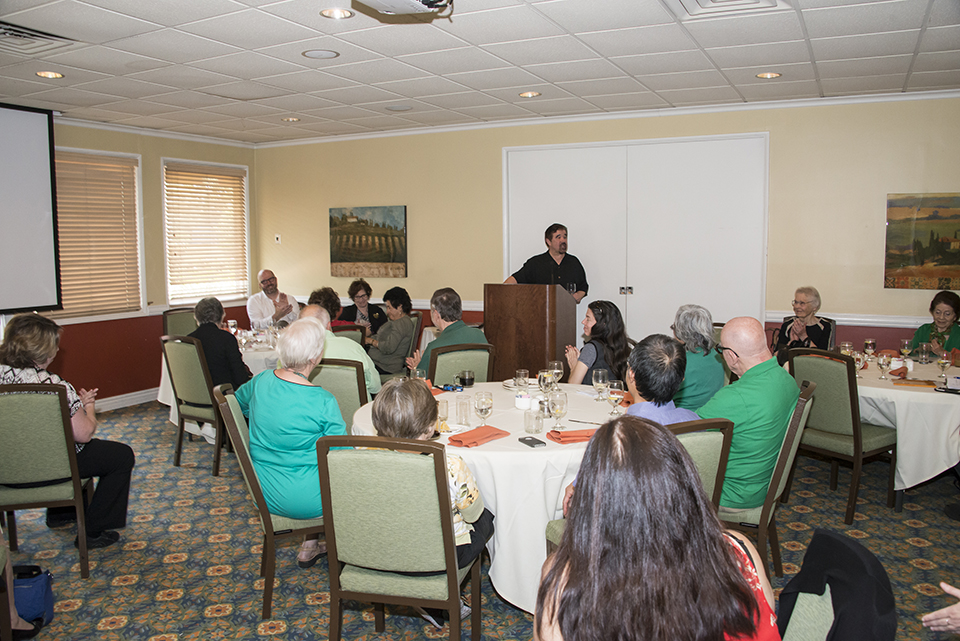Looking Back on Executive Order 9066 and the Internment of Japanese-Americans in World War II
California State University, Northridge’s Friends of the Oviatt Library hosted Lane Ryo Hirabayashi, professor of Asian American Studies at the University of California, Los Angeles and UCLA’s Aratani Endowed Chair, on March 17 to talk about Executive Order 9066.
Executive Order 9066 was signed and issued by President Franklin D. Roosevelt during World War II. The order resulted in the forced internment of Japanese-Americans living on the West Coast, many of whom were U.S. citizens.
According to Hirabayashi, more than 120,000 Japanese-Americans (primarily first and second generation) from the mainland went through the internment camps. However, Japanese descendants all over the world were subject to discrimination.
“[Internment camps and forced removal] happened from 1941 to 1946. We have to remember that there were Nikkei, or people of Japanese ancestry, brought in from territories like Hawaii and Alaska,” Hirabayashi said. “There were also Japanese Latin Americans subject to kidnapping, and even orphans were pulled into this operation.”
Hirabayashi used the 40-minute lecture to speak on how and why mass incarceration happened. He began by talking about national security during World War II and how the United States handled what the American government perceived as a threat.
“The Federal Bureau of Investigation, G-2 Army Intelligence and the Office of Naval Intelligence began surveillance on Japanese-Americans,” Hirabayashi said. “Each agency independently began to develop lists of people and organizations that were seen as suspicious. Visiting Japan, having visitors from Japan or even doing things that were considered Japanese — these were all bases to be put on a list.”
These lists, Hirabayashi said, were compiled during World War II, but were put together prior to U.S. involvement. After the country’s involvement, according to Hirabayashi, protocol changed.
“The justice department consolidated these various lists and picked up around 1,000 [people], primarily men, primarily first-generation leaders of the Japanese community,” Hirabayashi said.
“A lot of Japanese-American newspapers, schools, banks and enterprises were shut down. The FBI was empowered to do search and seizure because it was a question of national security,” he added.
Hirabayashi also noted that there were “key officials who doubted the necessity for the internment of Japanese-Americans.
“J. Edgar Hoover, the head of the FBI, felt [the agency] had all the bad guys after the initial roundup after Pearl Harbor,” Hirabayashi said. “Francis J. Biddle, the U.S. attorney general, felt that these policies were unconstitutional. Even Eleanor Roosevelt tried to convince [FDR] otherwise.”
Hirabayashi concluded the lecture by outlining three factors that led to the passing of Executive Order 9066.
“It was racial stereotypes that led to prejudice and discrimination,” Hirabayashi said. “It was also the crisis, the war, which led to the climate of fear; and it was, perhaps most notably, the failure of political leaders to put a stop to the discrimination.”




 experience
experience